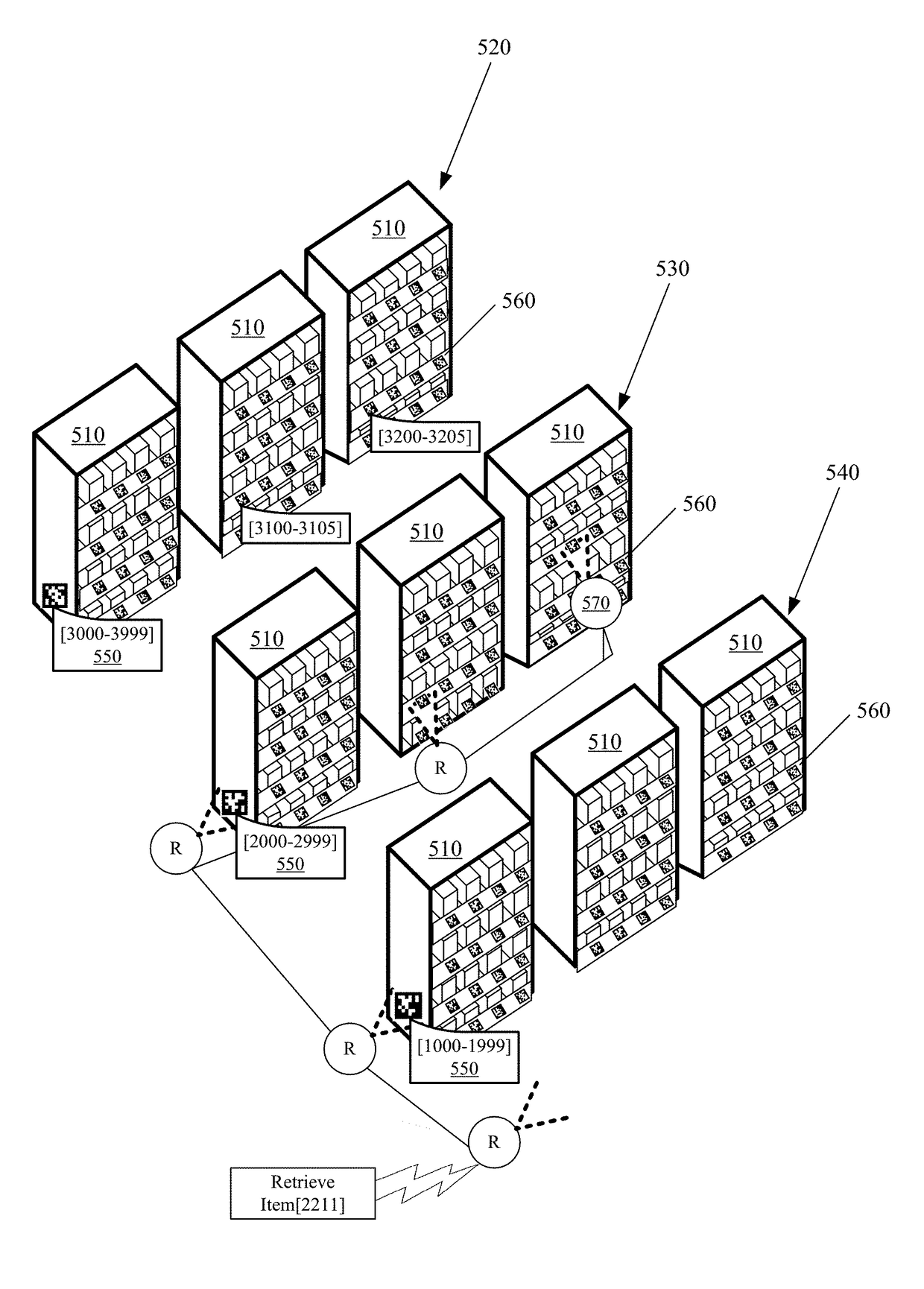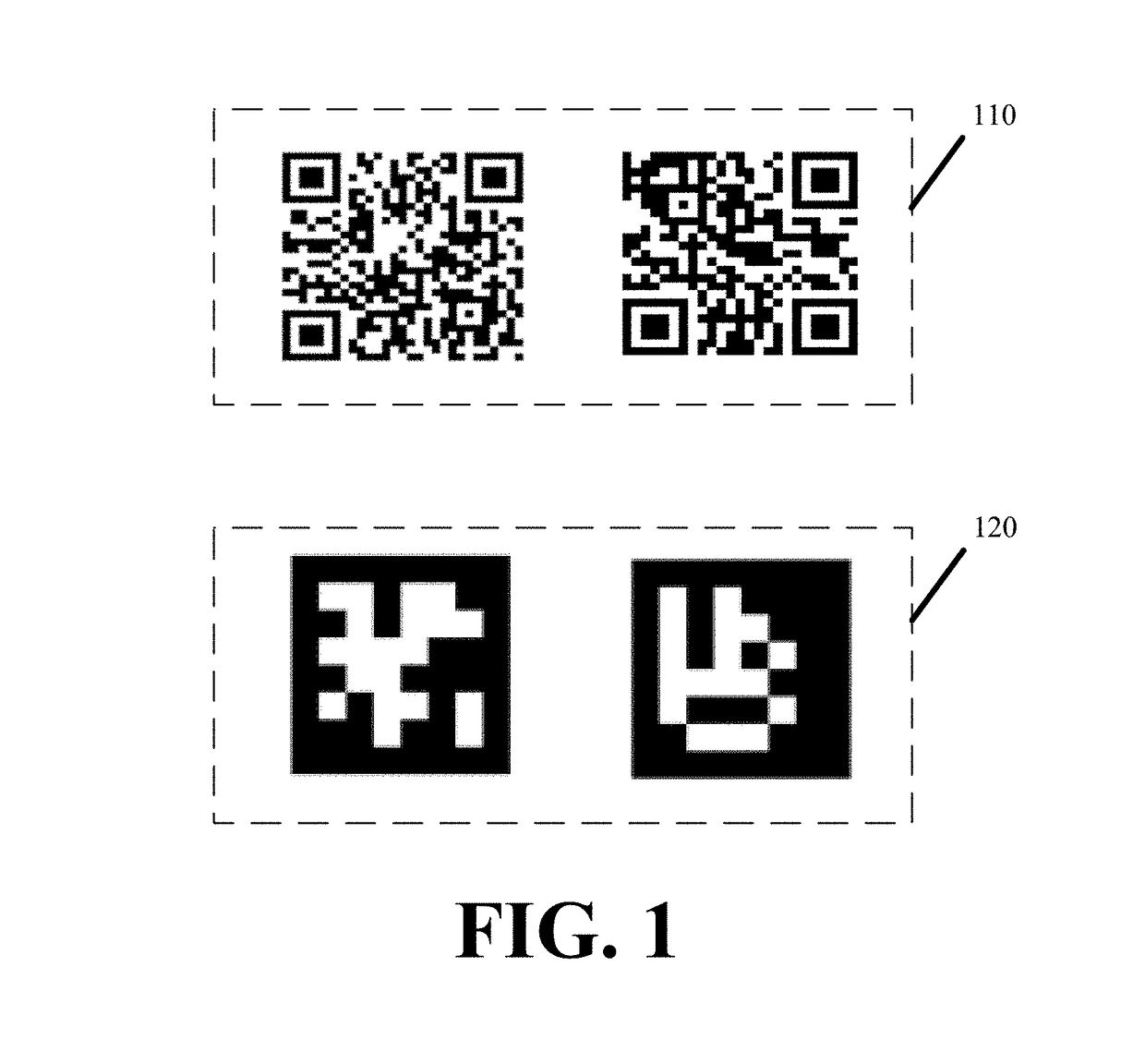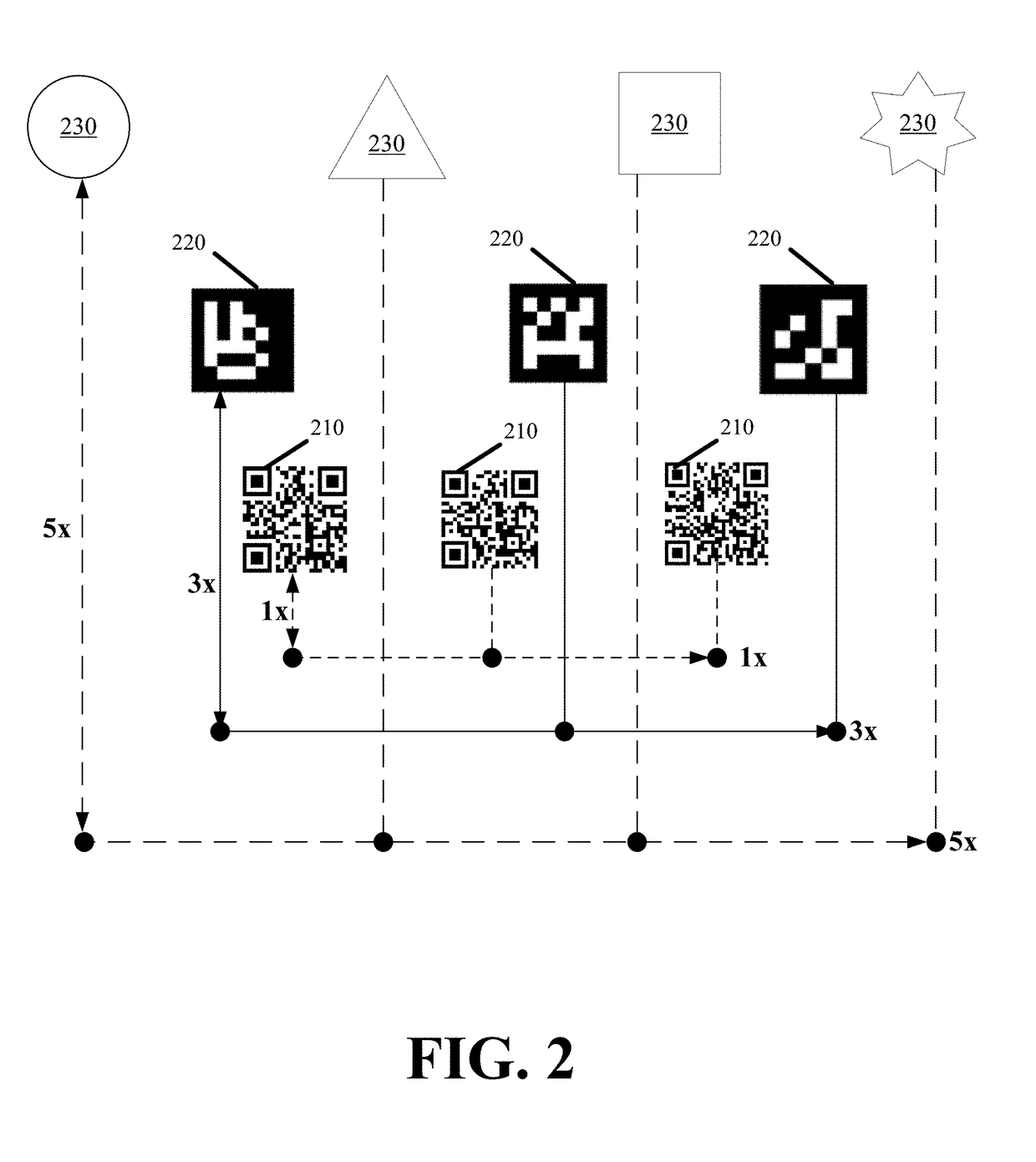Robotic Navigation and Mapping
a technology of robotic navigation and mapping, applied in the direction of instruments, process and machine control, manufacturing tools, etc., can solve the problems of large administrative overhead, inability to change while the robots are operating, and increase the difficulty of this robotic task
- Summary
- Abstract
- Description
- Claims
- Application Information
AI Technical Summary
Benefits of technology
Problems solved by technology
Method used
Image
Examples
Embodiment Construction
[0019]In the following detailed description, numerous details, examples, and embodiments are set forth and described. As one skilled in the art would understand in light of the present description, the system and methods are not limited to the embodiments set forth, and the system and methods may be practiced without some of the specific details and examples discussed. Also, reference is made to accompanying figures, which illustrate specific embodiments in which robotic navigation and mapping can be practiced. It is to be understood that other embodiments can be used and structural changes can be made without departing from the scope of the embodiments herein described.
[0020]The embodiments disclose systems and methods for robotic navigation and mapping. The systems and methods apply to robots. In particular, robots that retrieve and place items about shelves, containers, or other platforms throughout a distribution site, such as a warehouse. Such robots are used for autonomous ord...
PUM
 Login to View More
Login to View More Abstract
Description
Claims
Application Information
 Login to View More
Login to View More - R&D
- Intellectual Property
- Life Sciences
- Materials
- Tech Scout
- Unparalleled Data Quality
- Higher Quality Content
- 60% Fewer Hallucinations
Browse by: Latest US Patents, China's latest patents, Technical Efficacy Thesaurus, Application Domain, Technology Topic, Popular Technical Reports.
© 2025 PatSnap. All rights reserved.Legal|Privacy policy|Modern Slavery Act Transparency Statement|Sitemap|About US| Contact US: help@patsnap.com



